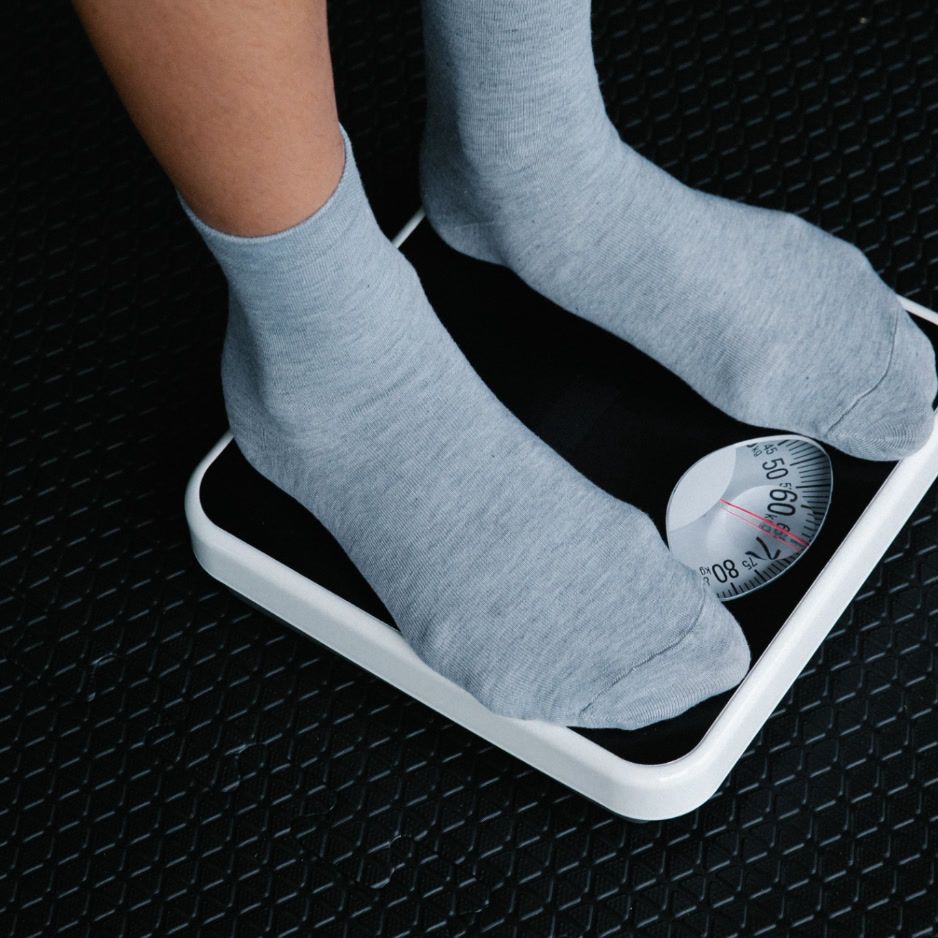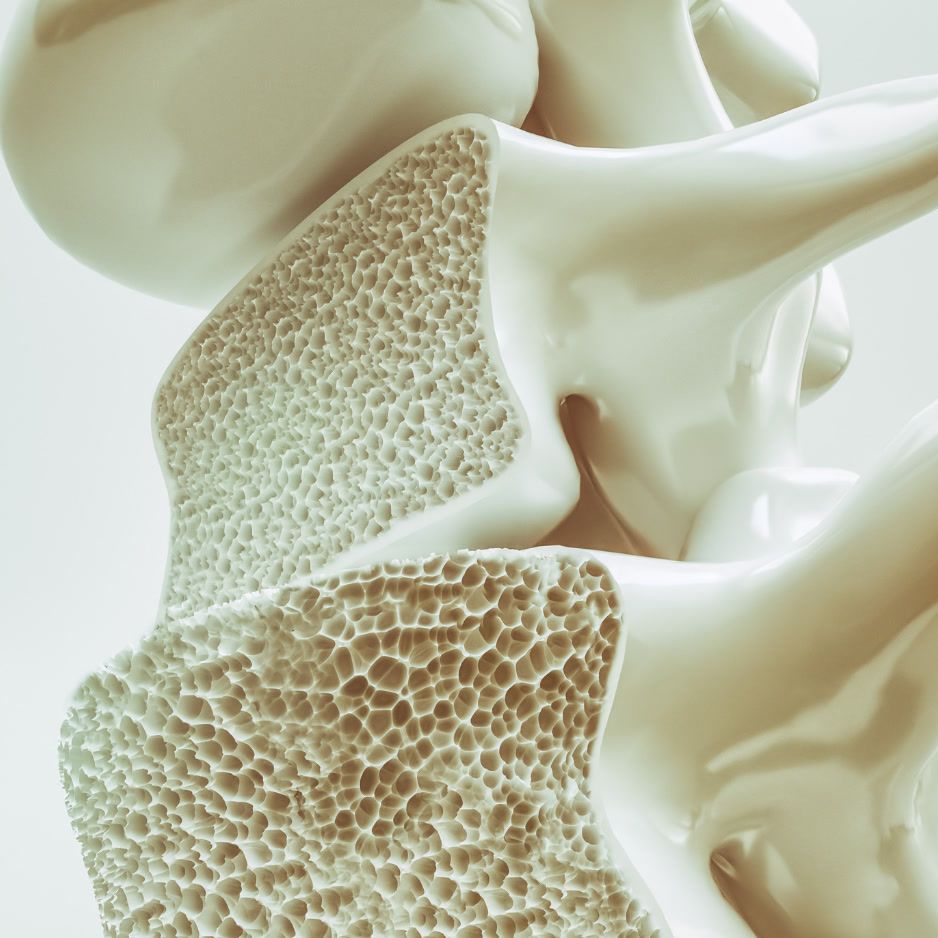Nootropics for Weight Loss: A Science-Backed Approach
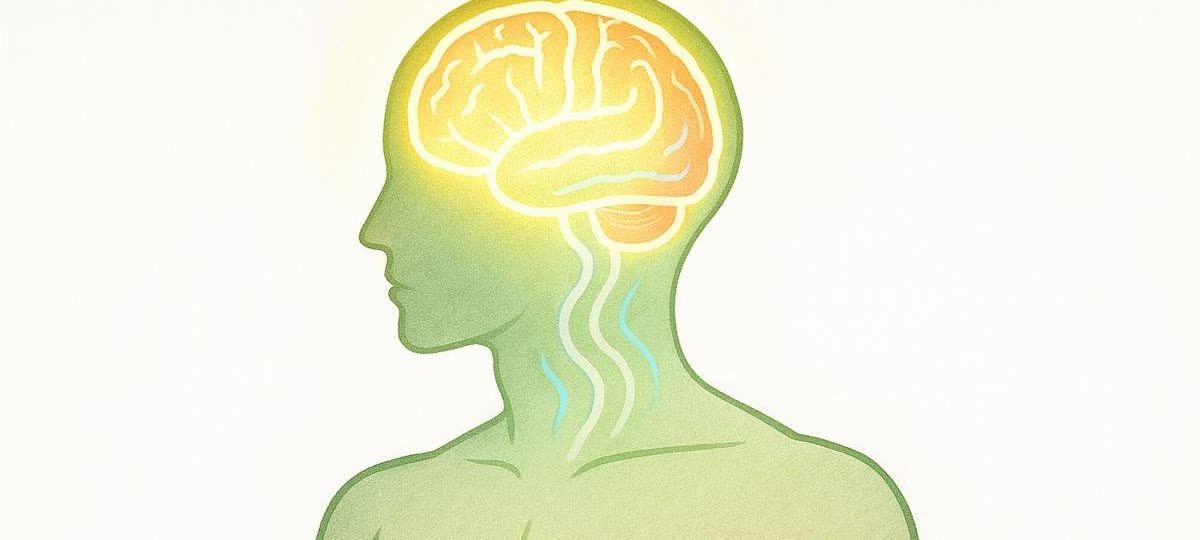
Nootropics for Weight Loss: The Science-Backed Guide to Sharper Focus and a Leaner Physique
Can a smarter brain really help you shed extra body fat? Growing research says yes—especially when you tackle the cognitive roadblocks that sabotage diets.
In this guide, we’ll break down how specific nootropics for weight loss can tame cravings, boost motivation, and even nudge your metabolism into higher gear. You’ll get evidence-based ingredient breakdowns, sample stack protocols, and tips on using BodySpec DEXA scans to monitor real-world progress.
Quick take: Nootropics aren’t magic fat burners, but they do upgrade the mental machinery that keeps you consistent with nutrition, training, and recovery—three pillars every sustainable transformation rests on.
What Exactly Are Nootropics?
Nootropics (from the Greek noos = mind, tropein = bend) are compounds—natural or synthetic—that enhance cognitive functions such as memory, focus, mood, or stress resilience.
Think of them as software updates for your brain’s operating system. Popular examples range from everyday caffeine to adaptogens like Rhodiola rosea.
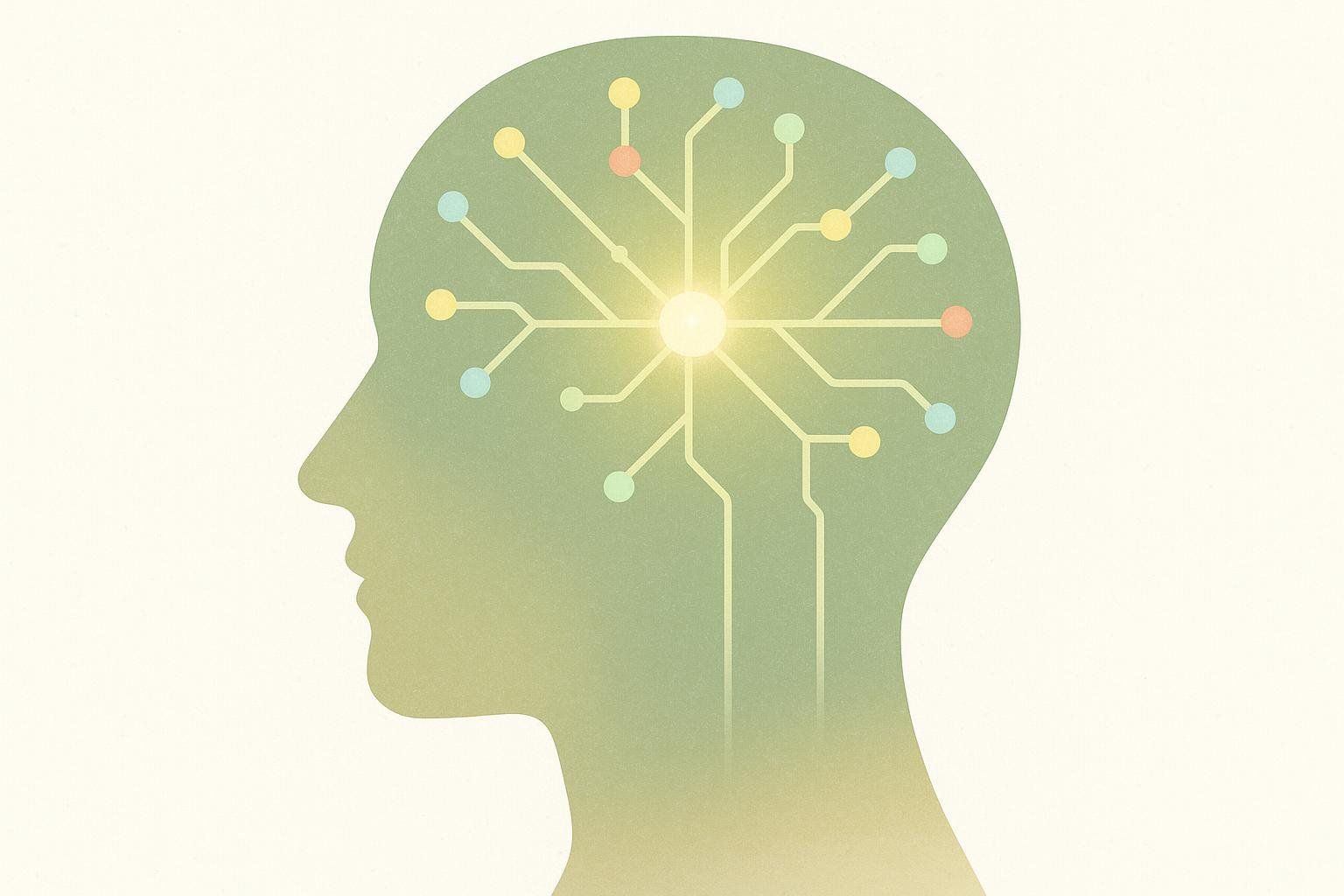
Why They’re Showing Up in Fat-Loss Stacks
Many stumbling blocks in weight loss are psychological—afternoon cravings, diet fatigue, low motivation, and stress eating. Reduce these mental friction points, and sticking to a calorie deficit suddenly becomes far simpler. Your workout plan feels more doable, too.
How Cognitive Enhancement Supports Fat Loss
| Cognitive Lever | Real-World Diet Problem | Nootropic Mechanism | Fat-Loss Payoff |
|---|---|---|---|
| Appetite Control | “I’m ravenous at 3 p.m.” | Dopamine & norepinephrine modulation (e.g., tyrosine, caffeine) | Fewer snack calories |
| Motivation & Habit Formation | “Can’t drag myself to the gym.” | Enhanced catecholamine signalling boosts drive and perceived energy | More workouts, higher NEAT |
| Stress Management | “Tough day → ice-cream binge.” | Adaptogens (e.g., Rhodiola) attenuate cortisol response | Less emotional eating |
| Perceived Energy & Drive | “Metabolism feels slow.” | Thermogenesis via sympathetic activation (caffeine); fat browning by L-theanine (animal data) | Higher daily calorie burn (caffeine-driven; L-theanine effect in humans remains exploratory) |

A Closer Look at the Science
- A 2023 bibliometric review on caffeine and fat oxidation confirmed that caffeine reliably increases fat oxidation at rest and during exercise (Grgic et al., 2023).
- A 2021 randomized crossover trial found that 3 mg/kg caffeine increased maximal fat-oxidation rates by ~10 % in trained adults (Ramírez-Maldonado et al., 2021).
- In-vitro work on Rhodiola rosea extracts demonstrated they decrease genes that drive adipogenesis and boost lipolysis in human visceral fat cells (Pomari et al., 2015).
- Animal studies indicate that L-theanine, the calming amino acid in green tea, activates browning of white fat, potentially raising basal energy expenditure (Peng et al., 2021).
The Most Effective Nootropic Ingredients for Weight Loss
Below are the key ingredients that combine a solid cognitive lift with plausible metabolic angles.
1. Caffeine + L-Theanine
- Cognitive edge: Alertness without the jitters—L-theanine tempers caffeine’s spike and smooths the focus curve.
- Metabolic perks: Human trials show caffeine enhances fat oxidation during exercise by 10–12 % (Ramírez-Maldonado et al., 2021). Preliminary animal data suggest L-theanine may promote fat browning, but its main contribution here is buffering caffeine and sustaining focus.
- Usual dose: 100–200 mg caffeine + 200 mg L-theanine 30 minutes pre-workout or when energy dips.
- Watch out: Tolerance builds quickly—use cycling protocols.

2. Rhodiola rosea
- Cognitive edge: Reduces perceived fatigue and improves mood under stress.
- Metabolic perks: Salidroside-rich Rhodiola extracts suppress triglyceride build-up and elevate lipolysis in human visceral adipocytes (Pomari et al., 2015).
- Usual dose: 200–400 mg (standardized extract, ≥ 3 % rosavins) once or twice daily.
- Watch out: Choose standardized products; effects build over weeks.

3. L-Tyrosine
- Cognitive edge: Precursor to dopamine and norepinephrine; sharpens focus during caloric deficits.
- Metabolic perks: May aid catecholamine-driven thermogenesis—especially when paired with caffeine. A small human trial using a blend containing tyrosine, caffeine, catechins, and capsaicin raised resting metabolic rate by ~5 % (Belza et al., 2009).
- Usual dose: 500–2 000 mg 30–60 minutes before mentally demanding tasks or workouts.
4. Alpha-GPC
- Cognitive edge: Boosts acetylcholine for memory and mind-muscle connection.
- Metabolic perks: A randomized crossover study found a single 1 g dose of Alpha-GPC increased serum growth hormone 60 minutes post-ingestion in healthy men (Kawamura et al., 2012). A conference abstract using 600 mg pre-exercise reported a larger GH spike, but peer-reviewed confirmation is pending (Ziegenfuss et al., 2008). Elevated GH may indirectly support fat metabolism over time.
- Usual dose: 300–600 mg pre-workout.
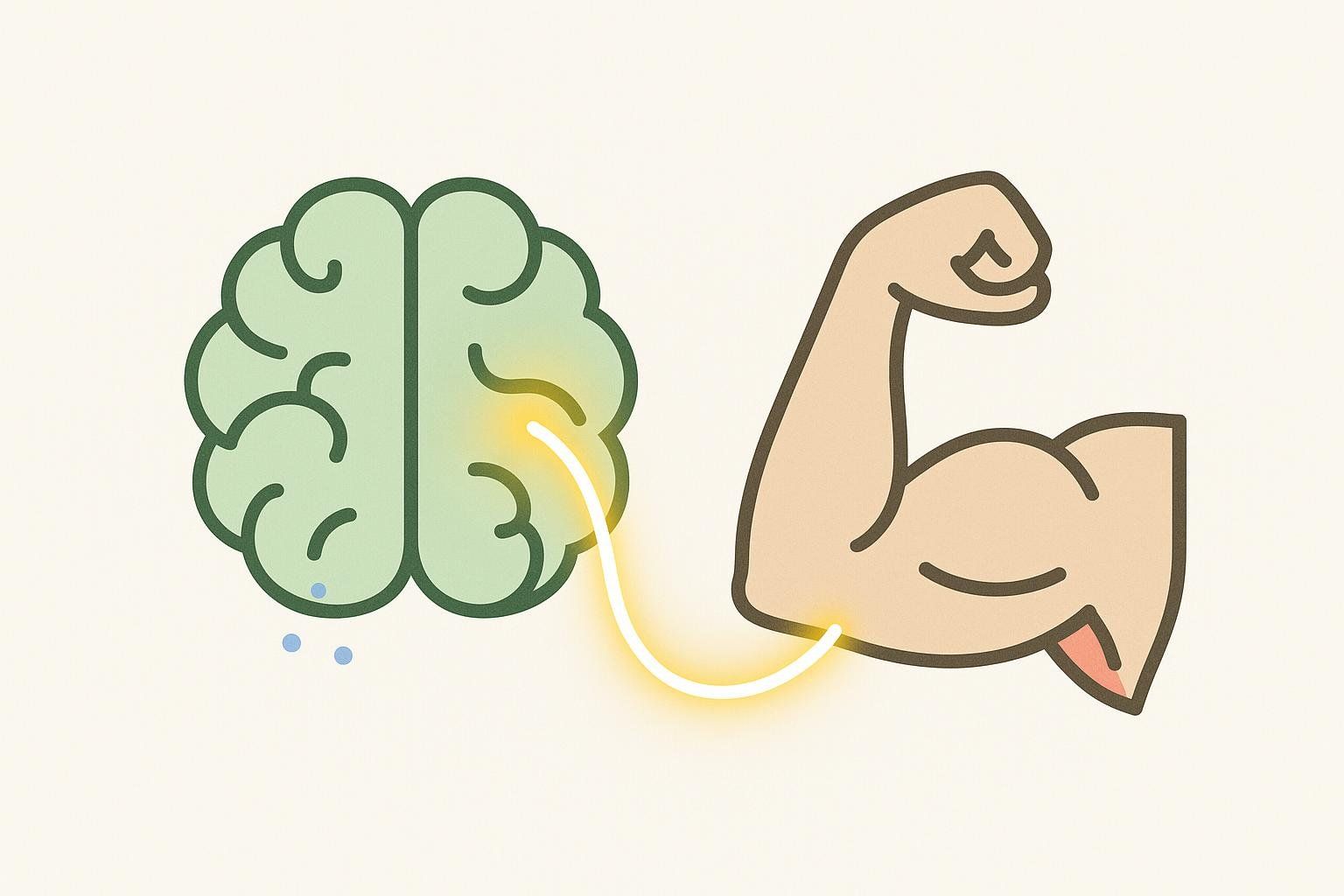
5. Forskolin (Coleus forskohlii extract)
- Cognitive edge: Minimal—but stacks well with catecholamine boosters.
- Metabolic perks: In a 12-week double-blind trial, 250 mg forskolin (10 % extract) twice daily significantly decreased body-fat percentage and fat mass in overweight men compared with placebo (Godard et al., 2005).
- Usual dose: 250 mg (10 % forskolin) twice daily.
Quick-Reference Dosage Table
| Ingredient | Typical Range | Timing |
|---|---|---|
| Caffeine | 100–200 mg | Morning / Pre-workout |
| L-Theanine | Equal to or double caffeine | With caffeine dose |
| Rhodiola | 200–400 mg | AM & early afternoon |
| L-Tyrosine | 500–2 000 mg | Pre-stress/workout |
| Alpha-GPC | 300–600 mg | 30 min pre-training |
| Forskolin | 250 mg × 2 | With meals |
Evidence evolves. Always consult a qualified professional if you have medical conditions or take prescription meds.
Building Your Personal Nootropic Stack
Stack A: Focus & Compliance (9–5 Desk Warriors)
- 150 mg caffeine + 300 mg L-theanine (8 a.m.)
- 500 mg L-tyrosine (1 p.m.)
- Outcome goal: Fewer snack binges, sustained workflow, gym-session adherence.
Stack B: Stress-Shield (Busy Parents)
- 300 mg Rhodiola (upon waking)
- 200 mg L-theanine (mid-afternoon)
- 250 mg Forskolin (with dinner)
- Outcome goal: Lower evening cortisol, reduced emotional eating.
Stack C: Metabolic Ignition (Quantified-Self Enthusiasts)
- 200 mg caffeine + 2 g L-tyrosine + 600 mg Alpha-GPC (pre-workout)
- 400 mg Rhodiola (split doses)
- 250 mg Forskolin twice daily
- Outcome goal: Maximize fat oxidation during training and rest; track via BodySpec DEXA every 4–6 weeks.
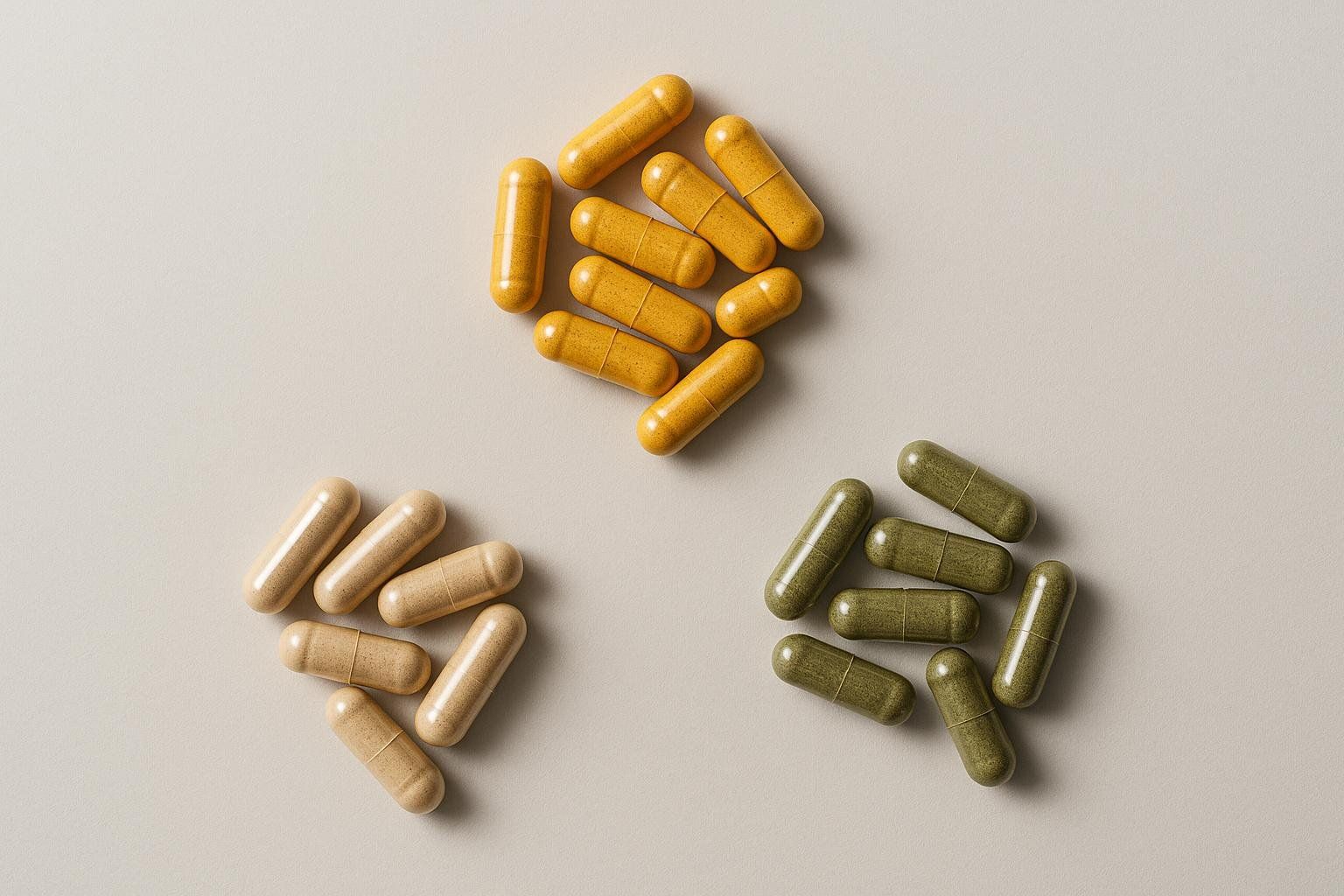
Why DEXA Scans Are the Gold Standard for Tracking Progress
Most people rely on bathroom scales or mirror selfies to judge fat-loss success. Those tools can be motivating—but they miss the details that truly matter for health.
Dual-energy X-ray absorptiometry (DEXA) fills in the blanks with medical-grade precision.
What a DEXA Report Tells You That Scales Can’t
- Regional fat vs. lean mass: See exactly where you’re losing fat (visceral, trunk, limbs) and whether muscle is preserved.
- Visceral fat score: Central adiposity around organs is linked to metabolic risk; DEXA quantifies it down to the gram.
- Bone density snapshot: Rapid weight loss can impact bone health—DEXA flags issues before they become problems.
- Change tracking over time: Overlay scans every 6–8 weeks to spot trends and fine-tune your nootropic stack, training, and nutrition.
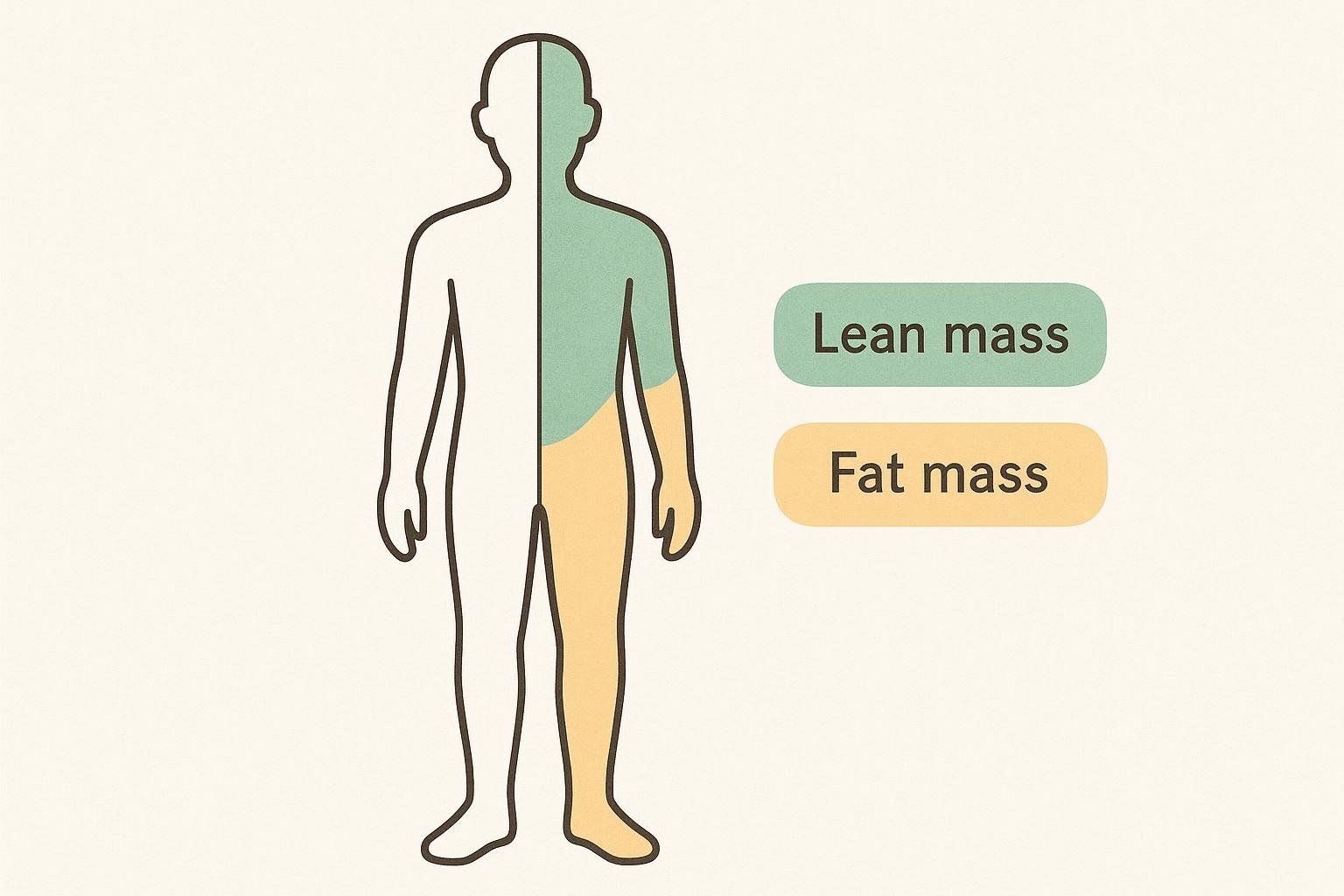
Turning Data Into Action
- Baseline Scan: Book a scan before starting your nootropic protocol.
- Intervention Phase: Run your chosen stack while following evidence-based diet and exercise plans.
- Follow-Up Scan: Compare reports, celebrate lean-mass retention, and adjust supplements or lifestyle levers if visceral fat isn’t budging.
Ready to quantify your own progress? Schedule a BodySpec DEXA scan to dial in your approach.
Safety, Side Effects, and Smart Supplementing
- Start low. Begin at the bottom of dosage ranges and assess tolerance for a week.
- Cycle stimulants. Run caffeine-based stacks 4 days on / 3 days off to prevent tolerance.
- Mind the clock. Stimulants after 2 p.m. can disrupt sleep—negatively impacting weight-loss efforts (St-Onge et al., 2016).
- Watch interactions. Beta-blockers, SSRIs, and MAOIs can clash with certain nootropics.
- Quality matters. Look for third-party testing (NSF, Informed-Sport) to avoid adulterants.
Integrating Nootropics with Diet, Training, and Data Feedback
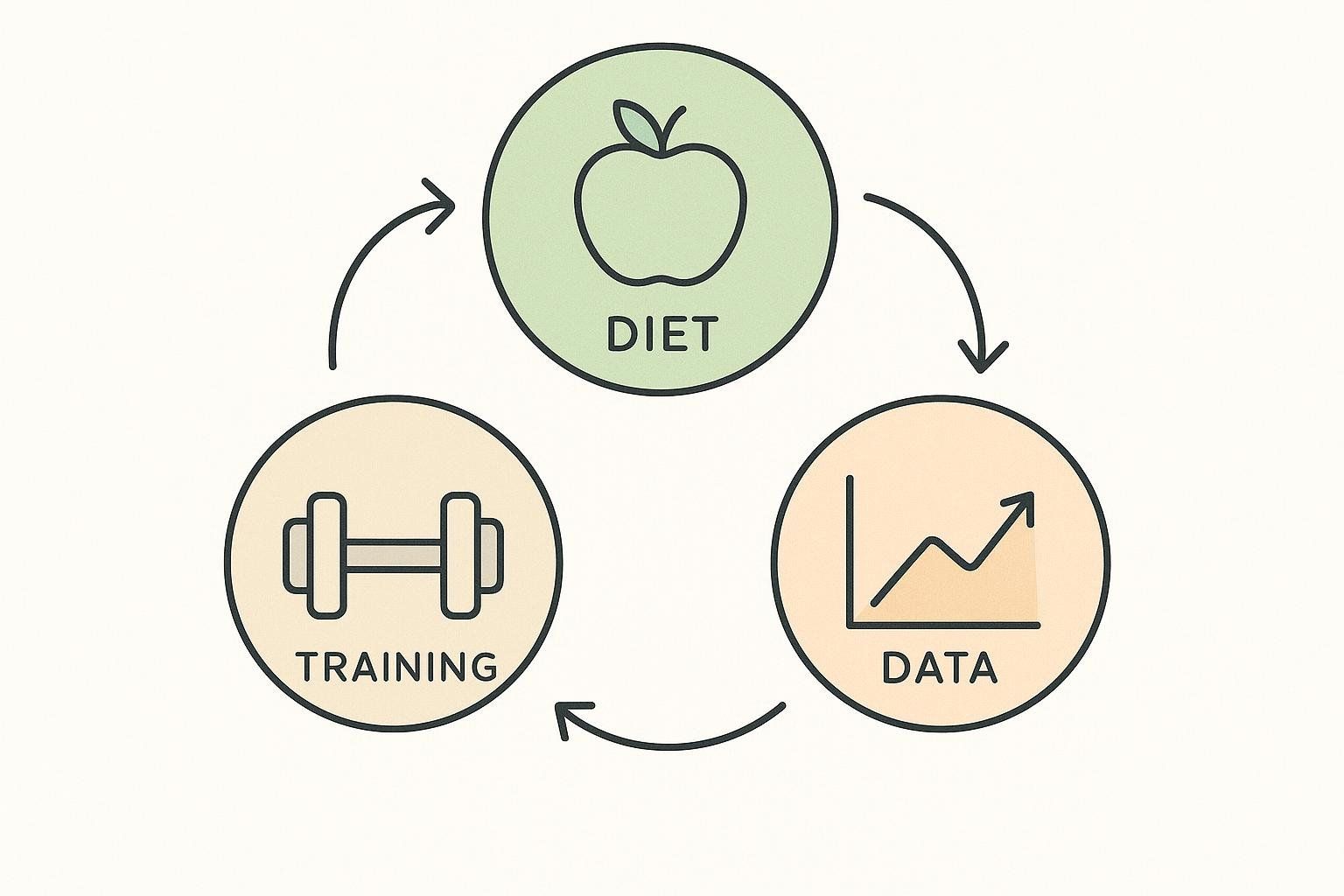
- Baseline Measurement: Get a DEXA scan to map fat vs. lean mass.
- Dial in Nutrition: Pair your stack with high-fiber meals—see Fiber: A Fat-Blasting Superfood? for satiety hacks.
- Train Intentionally: Combine resistance training with either HIIT or brisk walking; caffeine-driven sessions can further boost fat oxidation.
- Recover Like a Pro: Leverage adaptogens + optimizing sleep for weight loss.
- Iterate with Data: Re-scan every 6–8 weeks, review macronutrients, and adjust dosages or cycling patterns.
For more metabolic levers, check out 10 Evidence-Based Metabolism Boosters.
Key Takeaways
- Nootropics aid weight loss indirectly by reinforcing diet adherence, training intensity, and stress control—rather than “melting fat” outright.
- Caffeine, L-theanine, Rhodiola, L-tyrosine, Alpha-GPC, and Forskolin currently offer the strongest blend of cognitive and metabolic support with reasonable safety profiles.
- Stack design matters—match ingredients to your primary weak link (energy, focus, or stress) and cycle stimulants to maintain effectiveness.
- Track progress with objective data. BodySpec DEXA scans provide the granularity you need to confirm fat-mass reductions and protect lean tissue.
Ready to put brainpower behind your fat-loss goals? Book your scan, build your stack, and observe how data-driven insights accelerate your progress.
Disclaimer: This article is for informational purposes only and is not medical advice. Consult a healthcare professional before starting any supplement regimen.
